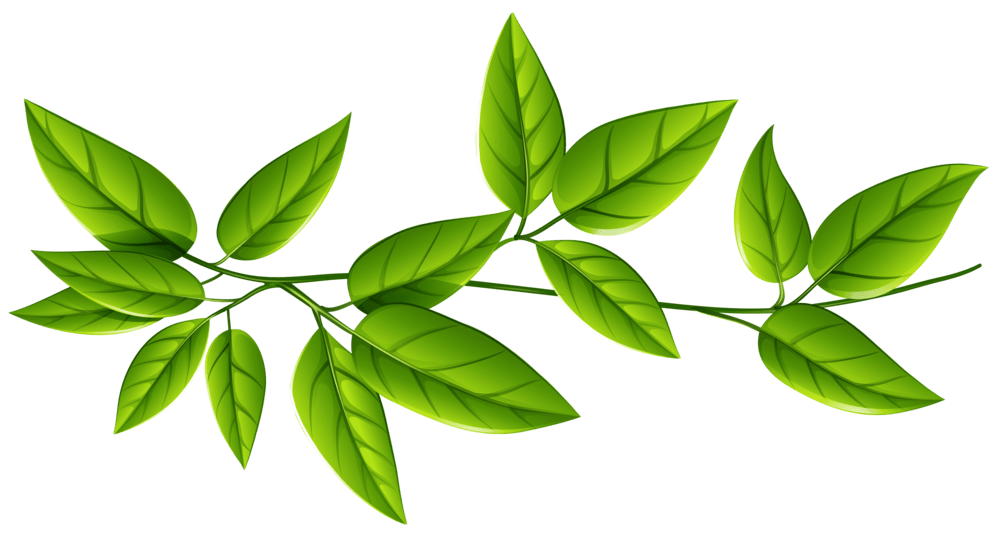Fig Tree
Ficus carica L. – Moraceae

The common fig, Ficus carica, is a deciduous tree known for its large, fragrant leaves, complex, hidden inflorescences, and juicy fruits. It has been cultivated in the Mediterranean, Middle East, and West Asia since ancient times, and is one of the earliest cultivated fruit trees. Today, its cultivation has spread throughout the world, and fig trees can be found in Turkey, Spain, Greece, Italy, Brazil, California, and other places where mild winters and hot, dry summers prevail. Fig fruits are consumed fresh, dried, and processed.
Fresh and dried figs contain rich nutritional value due to their high content of minerals, fats, sugars, fiber, and phenolic compounds. The fruit, root, and leaves are traditionally used in the treatment of gastrointestinal, respiratory, and cardiovascular disorders, and figs are included in numerous pharmacopoeias and therapeutic guides (Mawa et al., 2013). Fig leaves contain a rich aromatic composition. Organic compounds develop in the leaves during ripening and significantly affect the quality and composition of the aroma. Chemical compounds identified in Ficus carica leaf extract are: phenolic compounds, flavonoids (flavonols, flavones and anthocyanins), sterols, organic compounds (monoterpenes, sesquiterpenes, ketones, alcohols, esters), coumarins, glycosides, alkaloids and sapononins (Nebedum et al., 2010). According to El-Shobaka et al. (2010) Ficus carica leaves contain 82,20% moisture, 0,65% ash, 1% protein, 1,55% fiber and 12,90% carbohydrates. The leaf contains a higher total content of flavonoids (275 mg 100 g -1) compared to the ripe fig fruit (82 mg 100 g -1). The total polyphenol content (32 mg 100 g -1) is not much different from the total polyphenol content in the fruit of a ripe fig (40 mg 100 g -1). Significant changes in the total phenol content were observed during leaf maturation.
The phenol content and antioxidant activity increase with maturation. The proportion of polyphenols is higher than that in red wine and tea, therefore Ficus carica leaves have a stronger antioxidant activity (Li et al., 2021). The results of the mineral composition show the presence of essential mineral elements: Na, K, Zn, Fe, Cr, Co, Cu, Ni, Pb, Mn, Ca, Mg, Cd (Khan et al., 2012), and vitamins C and E (Ghazi et al., 2012).

Numerous studies have proven the hypoglycemic, antioxidant, anti-inflammatory, renoprotective and hepatoprotective effects of Ficus carica leaf extract (Li et al., 2021). Stephen Irudayara et al. (2017) demonstrated a significant effect of the ethyl acetate extract of Ficus carica leaves on carbohydrate metabolic enzymes with promising hypoglycemic and hypolipidemic activities in rats with type 2 diabetes. Thus, they confirmed the positive effect of Ficus carica leaf tea in the prevention of diabetes used in traditional medicine.
Fig is used to treat various diseases such as anemia, cancer, diabetes, leprosy, liver disease, paralysis, skin diseases and ulcers. It is a promising candidate in pharmaceutical biology for the development/formulation of new drugs and future clinical use.
Figs are used in traditional medicine for a wide range of diseases related to the digestive, endocrine, reproductive and respiratory systems. In addition, it is also used for infections of the gastrointestinal tract and urinary tract.
Leishmaniasis is an infectious disease caused by parasites of the genus Leishmania. This disease is transmitted by insect bites, mainly mosquitoes. Leishmaniasis can cause different forms of disease in humans, depending on the type of parasite and the immune response of the host. Leishmaniasis is one of the six major tropical diseases. The aim of the study was to examine the effect of olive and fig extracts against Leishmania major in experimental models in vitro and in vivo. In vitro tests, olive and fig extracts were effective against L. major after 48 hours. In addition, lesion size and parasite burden in mice infected with L. major are also tested in in vivo conditions. The results showed that extracts of O. Europaea (olives) and F. Carica (figs) show significant activity against L. major.
References
- Ficus carica L. (Moraceae): Phytochemistry, Traditional Uses and Biological Activities
- The Effects of Silver Nanoparticles Biosynthesized Using Fig and Olive Extracts on Cutaneous leishmaniasis Induced Inflammation in Female Balb/c Mice
- Traditional uses, phytochemistry and pharmacology of Ficus carica: A review
